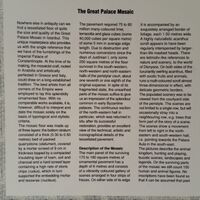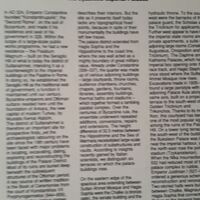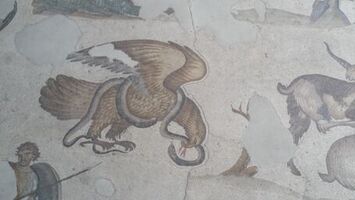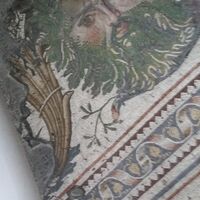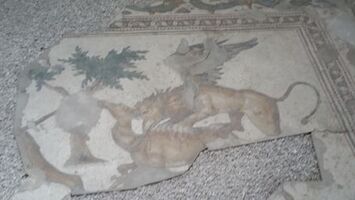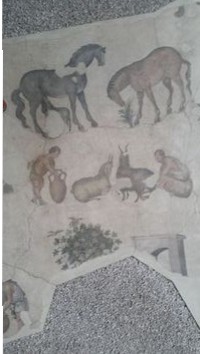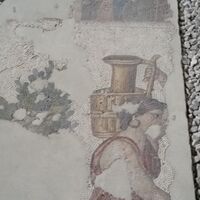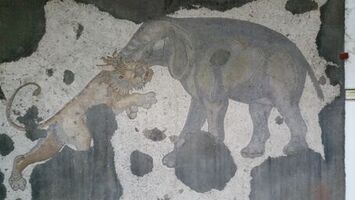For better or worse, it was the practice of Muslim conquerors to: 1) take over churches and turn them into mosques (e.g. Hagia Sophia) which unintentionally helped preserve some of these churches and their features, and 2) alternately, they would build on top of such structures, which is what happened with the Byzantine Palace the remains of which are under the Blue Mosque in Istanbul. To be fair, the Palace was mostly in ruins due to an earthquake, so this was not really a hostile act and the Blue Mosque was from a much later period. The mosaics as you will soon see, are rather typical of those we see in palaces (for example see the animal mosaics in the governor’s palace in Paphos on Cyprus— and see my blog post from 2013 on this). Here is a helpful description of what you are looking at in the mosaics.
The mosaics are remarkably well preserved and come from two main rooms in the palace. 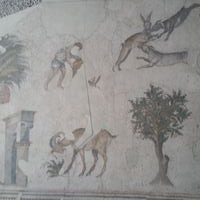
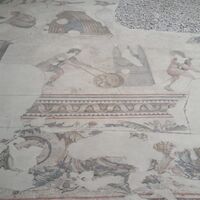
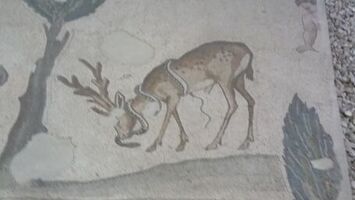
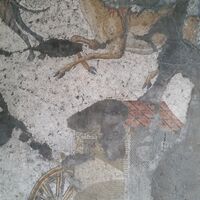
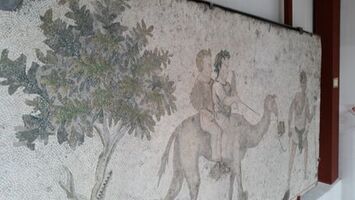
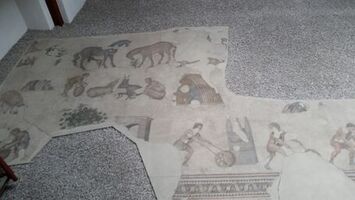
What you notice about these mosaics is that they rarely involve either mythological or Biblical scenes, but rather favor ordinary scenes of humans and animals (although the snake being eaten by the deer scene seems a stretch). 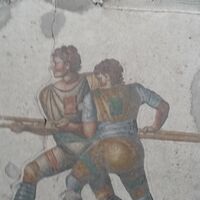
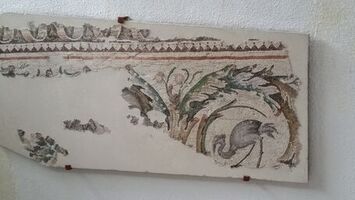 Not surprisingly, the mosaics on the walls are less faded and more colorful than the ones on the floors. In some cases we are dealing with hunting scenes.
Not surprisingly, the mosaics on the walls are less faded and more colorful than the ones on the floors. In some cases we are dealing with hunting scenes.


